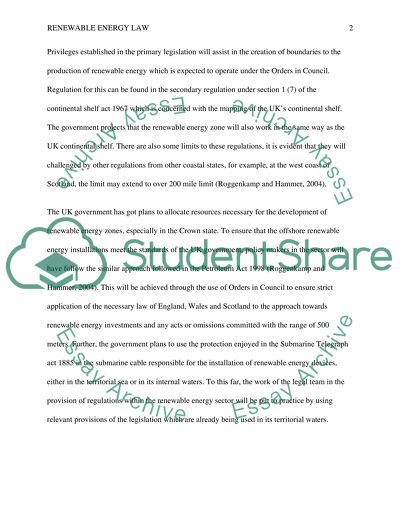Cite this document
(“Renewable energy law Essay Example | Topics and Well Written Essays - 2000 words”, n.d.)
Retrieved de https://studentshare.org/law/1398050-renewable-energy-law
Retrieved de https://studentshare.org/law/1398050-renewable-energy-law
(Renewable Energy Law Essay Example | Topics and Well Written Essays - 2000 Words)
https://studentshare.org/law/1398050-renewable-energy-law.
https://studentshare.org/law/1398050-renewable-energy-law.
“Renewable Energy Law Essay Example | Topics and Well Written Essays - 2000 Words”, n.d. https://studentshare.org/law/1398050-renewable-energy-law.


